
About half of national (49%) and international trainees rarely or never counseled patients on sudden death in epilepsy, despite the majority reporting seeing at least 45 patients with the condition during their training.

Marco Meglio, Assistant Managing Editor for NeurologyLive, has been with the team since October 2019. Follow him on Twitter @marcomeglio1 or email him at [email protected]

About half of national (49%) and international trainees rarely or never counseled patients on sudden death in epilepsy, despite the majority reporting seeing at least 45 patients with the condition during their training.
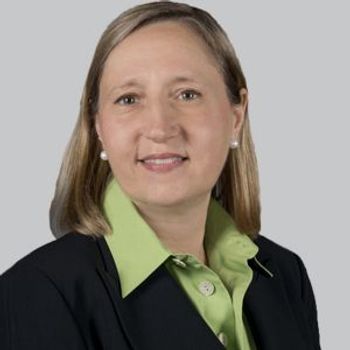
After showing early success, zavegepant eyes a pivotal phase 2/3 trial with potential regulatory submission around the corner.

The median time from randomization to atrial fibrillation detection was 99 days in the cardiac monitor group compared to 181 days for the control group.

Primary and secondary end points of the trial will assess safety and both cognitive and functional efficacy, measured through ADAS-Cog, ADCS-ADL, and CDR-SB.

The director of the Sleep-Wake Disorders Center at Montefiore Medical Center detailed the overall state of sleep care and the advantages the investigational FT218 brings to the growing pipeline.
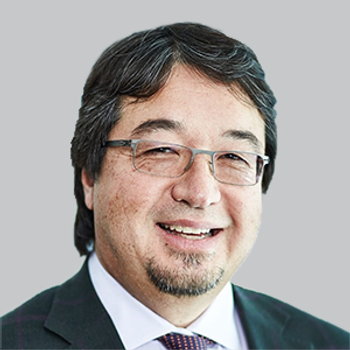
A pharmacokinetic/pharmacodynamic model indicated that the exposures predicted with a higher dose of nusinersen may lead to more clinically meaningful increases of at least 5 points on CHOP INTEND score.

Higher maximum third-trimester ASM blood levels were associated with significantly lower BSID-III scores for the motor domain and lower scores for the general adaptive domain.

When paired with the Percept PC device, SenSight expands on BrainSense technology, enabling clinicians to capture and record enhanced, directional local field potential information from the implanted lead.
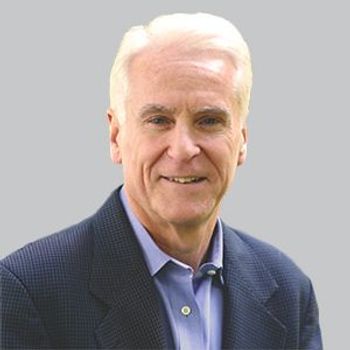
The FDA-approved agent demonstrated meaningful reduction in the frequency of cataplexy attacks in adults with narcolepsy, including patients with a high symptom burden.

The HINE-2 motor milestone total score in those treated with nusinersen increased steadily from a baseline mean of 1.46 to 11.86 at day 1135, representing a clinically significant change of 10.43 points.
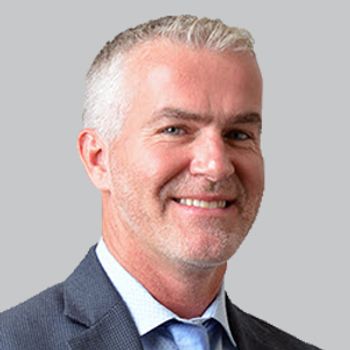
The findings support previous data that showed no differences between telemedicine and traditional consultations in HIT-6 assessment scores over a long-term period.
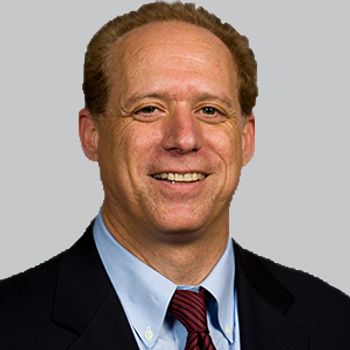
For patients treated with pimavanserin in investigational doses of 8.5 mg or 17 mg in the previous studies, further improvement was observed during the open-label extension with 34-mg pimavanserin.

Researchers used a connected network of studies that were generally well balanced in terms of key baseline characteristics, such as baseline MMD and use of prior therapies, to compare preventive treatments.

The director for the Headache Center of Southern California discussed his research presented at AHS 2021 which evaluated a combination of onabotunlinumtoxinA and CGRPs in patients with chronic migraine.

Absence of photophobia, phonophobia, and nausea were achieved in a similar percentage of perimenstrual and non-perimenstrual ubrogepant-treated attacks.

These real-world findings confirm that a 156- to 195-unit dose of onabotulinumtoxinA is efficacious and safe, consistent with findings from the PREEMPT clinical trials.

Treatment with eptinezumab resulted in reduced burdensome features of headache episodes including severe pain, photophobia, phonophobia, nausea, and limited physical activity.
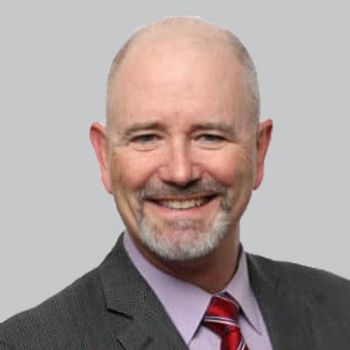
Treatment with INP104 was associated with high rates of symptoms freedom and may be a promising new acute treatment for patients with migraine.
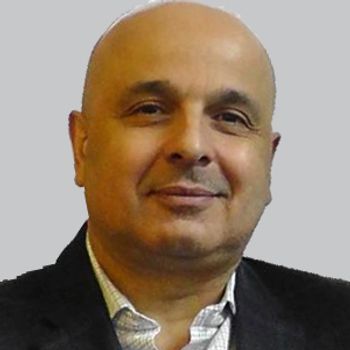
More than 80% of participants experienced at least 50% reduction in monthly migraine days, while more than 60% and just under 50% experienced at least 75% and 100% reductions.

Serum tumor necrosis factor and glutathione levels decreased, and brain-derived neurotrophic factor levels increased significantly after treatment with electroCore’s gammaCore nVNS device.
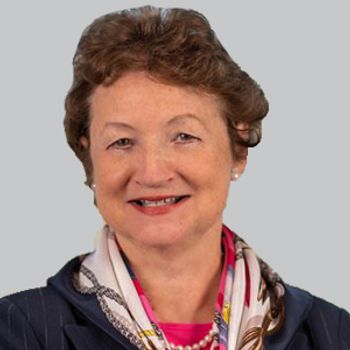
Asklepios BioPharmaceuticals noted that it plans to initiate dosing for the LION-101 phase 1/2 clinical trial in the first half of 2022.
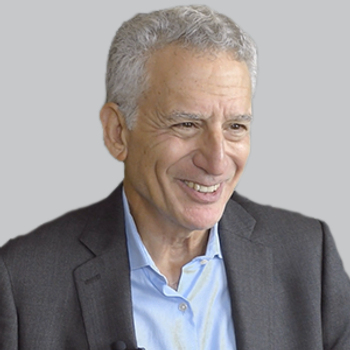
Recommendations for exploratory trial designs may help clinicians be more confident in making the all-important go/no-go decisions about advancing drugs to larger later-stage trials.

The founder and chief scientific officer of Neurolutions discussed other populations that may benefit from the IpsiHand Upper Extremity Rehabilitation System by building on its current capabilities.
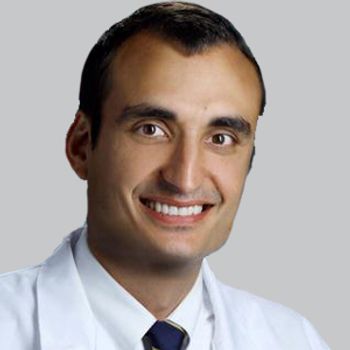
Despite identifying a role of air pollutants in PD, no evidence for the association between the risk of PD and exposure to particulate matters, ozone, sulfur dioxide, or carbon monoxide were observed.
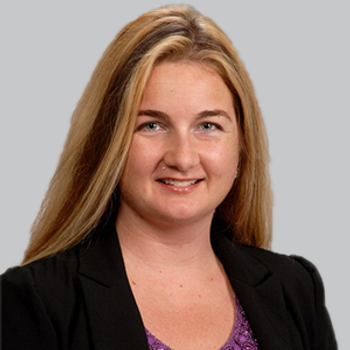
Identified by Mayo Clinic investigators, the protein-coding gene SERPINA5 was found to be associated with tau expression, characteristic of Alzheimer disease pathology.

After propensity adjustment, there was no difference in the risk of epilepsy or age at epilepsy onset for infants whose ASM was discontinued vs maintained at hospital discharge.
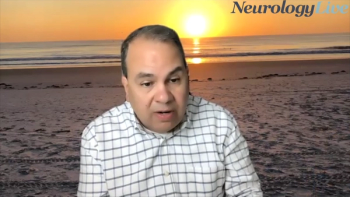
The professor of neurology at Mayo Clinic detailed the next steps in understanding more about the impact social determinants of health have on epilepsy care.
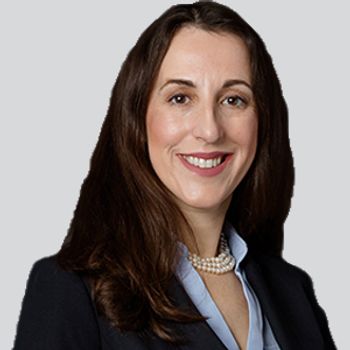
Six months after being discharged from the hospital for COVID-19, patients scored worse than average on 1 or more NeuroQoL scale components, which measured anxiety, sleep, fatigue, and depression.
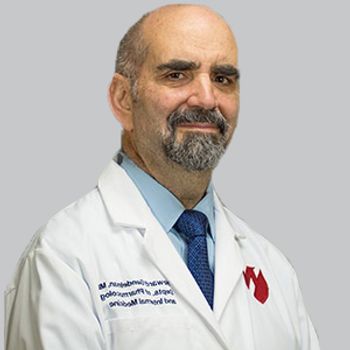
Alterations in MDS-UPDRS part III scores were associated with increased expression of Treg phenotypes and immunosuppressive function, suggesting a potential role of Treg function in diminution of disease progression.
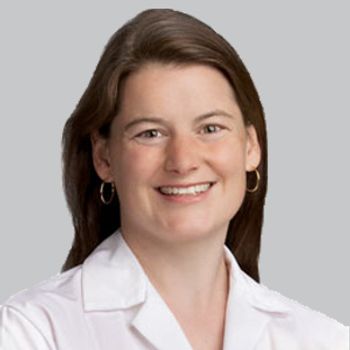
In addition to focusing on healthy sleep habits, researchers reinforce empowering children and adolescents to navigate the “brave new world” of online and hybrid schooling influenced by the pandemic.